Business
Understanding the Nature of Canada’s Fiscal and Economic Challenges
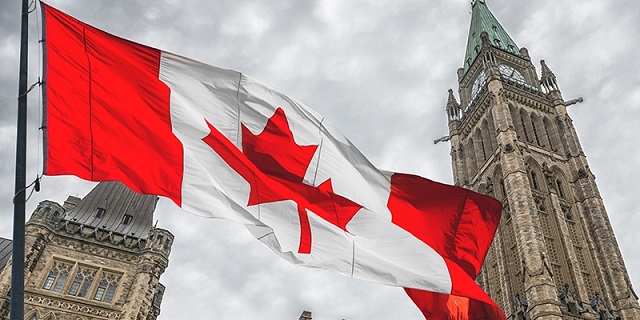
From the Fraser Institute
By Jake Fuss and Jason Clemens
” between 2016 and 2019 (pre-COVID), growth in per-person GDP (inflation-adjusted) was an anemic 0.9 percent. According to one study, among the last five pre-recession periods in Canadian history, the Trudeau period (again, 2016 to 2019) recorded the weakest economic growth “
The Trudeau government was first elected in 2015 based in part on a new approach to government policy, which promised greater prosperity for Canadians based on short-term deficit spending (totaling $25.1 billion over three years), lower taxes for most Canadians (except higher-income earners), and a more active approach to economic development (LPC, 2015). This new policy direction stood in stark contrast to the consensus of the previous 20 years (Clemens and Palacios, 2017). The result has been a marked deterioration in the country’s finances, economic stagnation, and a collapse in business investment. If Canada is to restore its fiscal and economic health, Ottawa must enact fundamental policy reform.
Government spending, taxes, and debt
The Trudeau government has markedly increased spending to finance both new programs and increases in existing programs. Federal spending (excluding interest costs) increased from $256.3 billion in 2014-15 (the year before the Trudeau government took office) to $448.2 billion in 2022-23 (an increase of 74.9 percent) (Canada, 2023a) and a projected $453.0 billion in 2023-24 (Canada, 2023b). Not surprisingly, COVID-related spending contributed to increases in 2019-20 to 2021-22. But in 2022-23 and thereafter, there is no COVID-related spending.
The federal government has used tax increases and large increases in borrowing to finance these spending increases. In 2016, the federal government increased the top personal income tax rate imposed on entrepreneurs, professionals , and business owners from 29 percent to 33 percent. Consequently, the combined top personal income tax rate (federal and provincial) now exceeds 50 percent in eight provinces (with the remaining provinces only slightly below 50 percent) and in 2022 Canada had the 5th highest tax rate out of 38 OECD countries. This represents a serious competitive challenge for Canada’s ability to attract and retain entrepreneurs, investors, skilled professionals, and businesses.
And while the Trudeau government reduced the middle personal income tax rate, it also eliminated several tax credits. The combination of the two policy changes means that 86 percent of middle-income families now pay higher personal income taxes (Palacios et al., 2022). If the analysis also includes increases to the Canada Pension Plan contribution rate, almost all Canadians now pay higher taxes.

The Trudeau government also borrowed to finance its new spending. Figure 1 contrasts the originally
planned deficits with the actual deficits incurred by the Trudeau government (excluding COVID-related
spending) from 2016-17 to 2022-23. The actual borrowing exceeds the originally planned borrowing
every year (except 2021-22), often by significant margins, due to the government’s inability to control
spending growth.
The string of deficits means federal debt (measured as gross debt) has ballooned to $1.9 trillion
(2022-23) and is projected to reach $2.4 trillion by 2027/28, fueling a dramatic growth in interest costs,
which have grown by 53.2 percent (inflation-adjusted) between 2014/15 and 2023/24 and will reach
a projected $46.5 billion in 2023/24. Interest costs now consume substantial revenue that is then unavailable for government services or tax reduction.
Simply put, Trudeau government policy changes have produced large increases in government spending, taxes, and borrowing. Unfortunately, these policy changes have not resulted in a more robust and vibrant economy.
Weak economic growth and collapsing business investment
The broadest measure of living standards is GDP per person, which calculates the total value of all goods and services produced in the economy in a given year (adjusted by the population). As illustrated in Figure 2, between 2016 and 2019 (pre-COVID), growth in per-person GDP (inflation-adjusted) was an anemic 0.9 percent. According to one study, among the last five pre-recession periods in Canadian history, the Trudeau period (again, 2016 to 2019) recorded the weakest economic growth (Clemens, Palacios, and Veldhuis, 2021). Another study found that Canada’s per-person GDP growth from 2013 to 2022 was the weakest on record since the 1930s (Cross, 2023). And per-person GDP in 2022 (inflation-adjusted) had still not recovered from the pandemic losses and was basically stagnant at 2018 levels (see figure 2).
Prospects for the future, given current policies, are not encouraging. The OECD projects that Canada will record the lowest rate of per-person GDP growth among 32 advanced economies from 2020 to 2030 and from 2030 to 2060(OECD, 2021).Countries such as Estonia, South Korea, and New Zealand are expected to vault past Canada and achieve higher living standards by 2060.

According to a recent analysis, Canada’s economic growth crisis is due in part to the decline in business investment, which is critical to increasing living standards because it equips workers with tools and technologies to produce more higher-quality goods and services. This, in turn, fuels innovation and improved productivity (Cross, 2023). There are obvious explanations for the decline in business investment including regulatory barriers, particularly related to the energy and mining sectors (Globerman and Emes, 2021), and government deficits, which imply tax increases in the future, dampening investment today. Business investment (inflation-adjusted), excluding residential construction, has declined by 1.8 percent annually since 2014.
According to a 2023 study (Hill and Emes, 2023), between 2014 and 2021, business investment per worker (inflation-adjusted, excluding residential construction) decreased by $3,676 (to $14,687) compared to growth of $3,418 (to $26,751) in the United States. Put differently, in 2014, Canadian
businesses invested 79 cents per worker for every dollar invested in the United States. By 2021, that level of investment had declined to just 55 cents per worker.
Moreover, the amount of investment in Canada by foreigners has decreased while the amount of investment by Canadians outside of the country has increased. In 2008, the two levels were roughly comparable—$65.7 billion in foreign direct investment (FDI) in Canada vs. $84.6 billion in investment by Canadians outside of the country. However, a sizeable change began in 2015; by 2022, the amount of FDI ($64.6 billion) was significantly smaller than the amount of investment by Canadians outside the country ($102.3 billion).
Finally, while Canada’s labour market has consistently demonstrated its strength and resilience, the labour market numbers hide some concerning trends. For example, between February 2020 (when the pandemic began) and June 2023, private-sector job creation (net) was fairly weak at 3.3 percent compared to 11.8 percent job growth in the government sector (Eisen, Ryan and Palacios, 2023). In other words, the recovery and growth in the private sector following the pandemic has not been as strong as expected.
Conclusion: The Path Forward
There is reason for optimism, however, since many of Canada’s challenges are of the federal government’s own making. The Chrétien Liberals in the 1990s faced many of the same challenges that we do today (Veldhuis, Clemens, and Palacios, 2011). By shifting the focus to more prudent government spending, balanced budgets, debt reduction, and competitive tax rates, the Chrétien Liberals—followed in large measure by the Harper Tories—paved the way for two decades of prosperity when Canada outperformed other OECD countries on economic growth, job-creation, and business investment.
To help foster greater prosperity for Canadians today, the federal government can learn from the Chrétien Liberals, and the Harper Tories. The rest of this series identifies policy options that can increase living standards for Canadians by repairing federal finances, improving tax competitiveness, and lowering economic barriers. These reforms could help build a more prosperous country through the creation of good jobs which would lead to rising incomes for Canadians.
Authors:
Business
Parliamentary Budget Officer begs Carney to cut back on spending
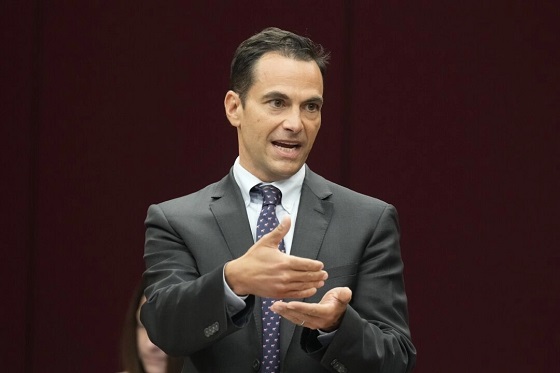
PBO slices through Carney’s creative accounting
The Canadian Taxpayers Federation is calling on Prime Minister Mark Carney to cut spending following today’s bombshell Parliamentary Budget Officer report that criticizes the government’s definition of capital spending and promise to balance the operating budget.
“The reality is that Carney is continuing on a course of unaffordable borrowing and the PBO report shows government messaging about ‘balancing the operating budget’ is not credible,” said Franco Terrazzano, CTF Federal Director. “Carney is using creative accounting to hide the spiralling debt.”
Carney’s Budget 2025 splits the budget into operating and capital spending and promises to balance the operating budget by 2028-29.
However, today’s PBO budget report states that Carney’s definition of capital spending is “overly expansive.” Without using that “overly expansive” definition of capital spending, the government would run an $18 billion operating deficit in 2028-29, according to the PBO.
“Based on our definition, capital investments would total $217.3 billion over 2024-25 to 2029-30, which is approximately 30 per cent ($94 billion) lower compared to Budget 2025,” according to the PBO. “Moreover, based on our definition, the operating balance in Budget 2025 would remain in a deficit position over 2024-25 to 2029-30.”
The PBO states that the Carney government is using “a definition of capital investment that expands beyond the current treatment in the Public Accounts and international practice.” The report specifically points out that “by including corporate income tax expenditures, investment tax credits and operating (production) subsidies, the framework blends policy measures with capital formation.”
The federal government plans to borrow about $80 billion this year, according to Budget 2025. Carney has no plan stop borrowing money and balance the budget. Debt interest charges will cost taxpayers $55.6 billion this year, which is more than the federal government will send to the provinces in health transfers ($54.7 billion) or collect through the GST ($54.4 billion).
“Carney isn’t balancing anything when he borrows tens of billions of dollars every year,” Terrazzano said. “Instead of applying creative accounting to the budget numbers, Carney needs to cut spending and debt.”
Business
Carney government needs stronger ‘fiscal anchors’ and greater accountability

From the Fraser Institute
By Tegan Hill and Grady Munro
Following the recent release of the Carney government’s first budget, Fitch Ratings (one of the big three global credit rating agencies) issued a warning that the “persistent fiscal expansion” outlined in the budget—characterized by high levels of spending, borrowing and debt accumulation—will erode the health of Canada’s finances and could lead to a downgrade in Canada’s credit rating.
Here’s why this matters. Canada’s credit rating impacts the federal government’s cost of borrowing money. If the government’s rating gets downgraded—meaning Canadian federal debt is viewed as an increasingly risky investment due to fiscal mismanagement—it will likely become more expensive for the government to borrow money, which ultimately costs taxpayers.
The cost of borrowing (i.e. the interest paid on government debt) is a significant part of the overall budget. This year, the federal government will spend a projected $55.6 billion on debt interest, which is more than one in every 10 dollars of federal revenue, and more than the government will spend on health-care transfers to the provinces. By 2029/30, interest costs will rise to a projected $76.1 billion or more than one in every eight dollars of revenue. That’s taxpayer money unavailable for programs and services.
Again, if Canada’s credit rating gets downgraded, these costs will grow even larger.
To maintain a good credit rating, the government must prevent the deterioration of its finances. To do this, governments establish and follow “fiscal anchors,” which are fiscal guardrails meant to guide decisions regarding spending, taxes and borrowing.
Effective fiscal anchors ensure governments manage their finances so the debt burden remains sustainable for future generations. Anchors should be easily understood and broadly applied so that government cannot get creative with its accounting to only technically abide by the rule, but still give the government the flexibility to respond to changing circumstances. For example, a commonly-used rule by many countries (including Canada in the past) is a ceiling/target for debt as a share of the economy.
The Carney government’s budget establishes two new fiscal anchors: balancing the federal operating budget (which includes spending on day-to-day operations such as government employee compensation) by 2028/29, and maintaining a declining deficit-to-GDP ratio over the years to come, which means gradually reducing the size of the deficit relative to the economy. Unfortunately, these anchors will fail to keep federal finances from deteriorating.
For instance, the government’s plan to balance the “operating budget” is an example of creative accounting that won’t stop the government from borrowing money each year. Simply put, the government plans to split spending into two categories: “operating spending” and “capital investment” —which includes any spending or tax expenditures (e.g. credits and deductions) that relates to the production of an asset (e.g. machinery and equipment)—and will only balance operating spending against revenues. As a result, when the government balances its operating budget in 2028/29, it will still incur a projected deficit of $57.9 billion when spending on capital is included.
Similarly, the government’s plan to reduce the size of the annual deficit relative to the economy each year does little to prevent debt accumulation. This year’s deficit is expected to equal 2.5 per cent of the overall economy—which, since 2000, is the largest deficit (as a share of the economy) outside of those run during the 2008/09 financial crisis and the pandemic. By measuring its progress off of this inflated baseline, the government will technically abide by its anchor even as it runs relatively large deficits each and every year.
Moreover, according to the budget, total federal debt will grow faster than the economy, rising from a projected 73.9 per cent of GDP in 2025/26 to 79.0 per cent by 2029/30, reaching a staggering $2.9 trillion that year. Simply put, even the government’s own fiscal plan shows that its fiscal anchors are unable to prevent an unsustainable rise in government debt. And that’s assuming the government can even stick to these anchors—which, according to a new report by the Parliamentary Budget Officer, is highly unlikely.
Unfortunately, a federal government that can’t stick to its own fiscal anchors is nothing new. The Trudeau government made a habit of abandoning its fiscal anchors whenever the going got tough. Indeed, Fitch Ratings highlighted this poor track record as yet another reason to expect federal finances to continue deteriorating, and why a credit downgrade may be on the horizon. Again, should that happen, Canadian taxpayers will pay the price.
Much is riding on the Carney government’s ability to restore Canada’s credibility as a responsible fiscal manager. To do this, it must implement stronger fiscal rules than those presented in the budget, and remain accountable to those rules even when it’s challenging.
-
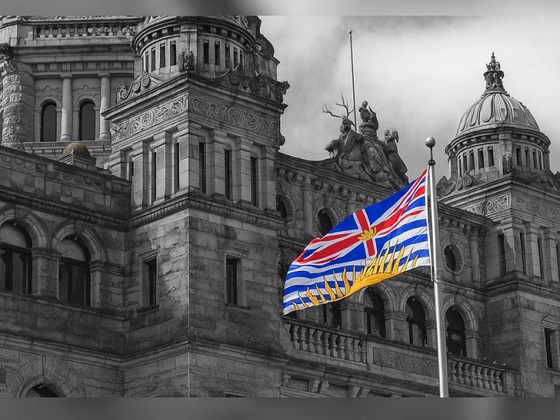
 Frontier Centre for Public Policy2 days ago
Frontier Centre for Public Policy2 days agoRichmond Mayor Warns Property Owners That The Cowichan Case Puts Their Titles At Risk
-
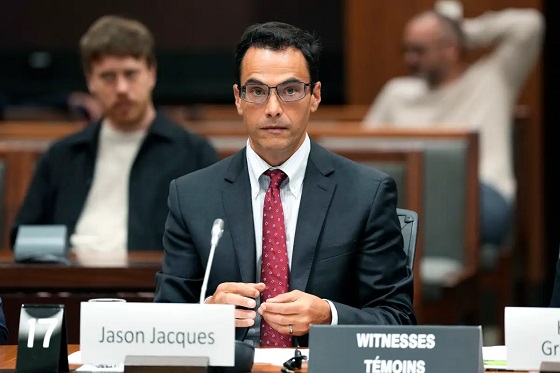
 Business2 days ago
Business2 days agoMark Carney Seeks to Replace Fiscal Watchdog with Loyal Lapdog
-
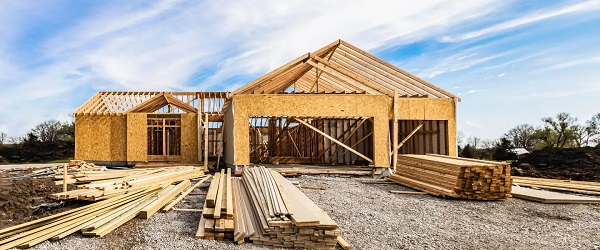
 Business2 days ago
Business2 days agoSluggish homebuilding will have far-reaching effects on Canada’s economy
-

 COVID-191 day ago
COVID-191 day agoMajor new studies link COVID shots to kidney disease, respiratory problems
-
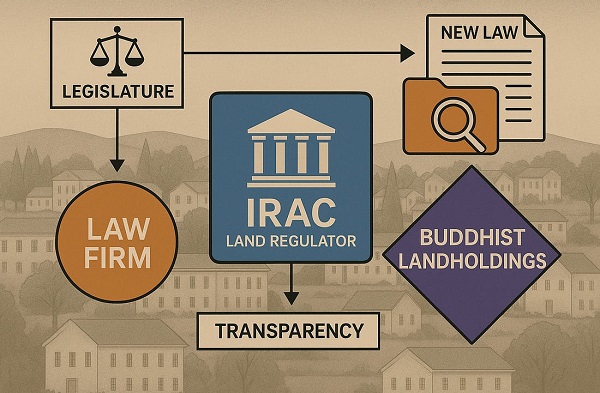
 Business1 day ago
Business1 day agoP.E.I. Moves to Open IRAC Files, Forcing Land Regulator to Publish Reports After The Bureau’s Investigation
-
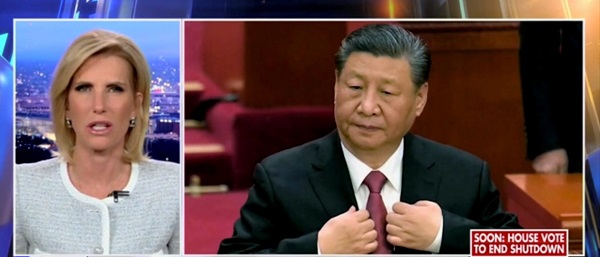
 Daily Caller2 days ago
Daily Caller2 days agoLaura Ingraham’s Viral Clash With Trump Prompts Her To Tell Real Reasons China Sends Students To US
-

 Energy1 day ago
Energy1 day agoCanada’s oilpatch shows strength amid global oil shakeup
-

 International1 day ago
International1 day agoBondi and Patel deliver explosive “Clinton Corruption Files” to Congress










